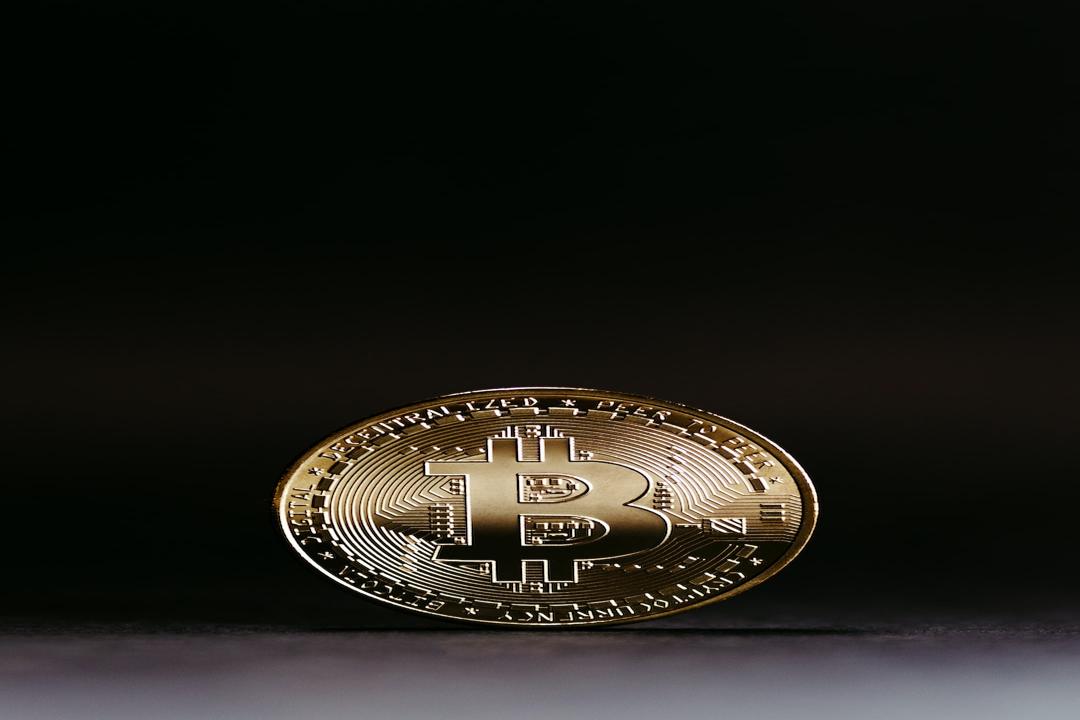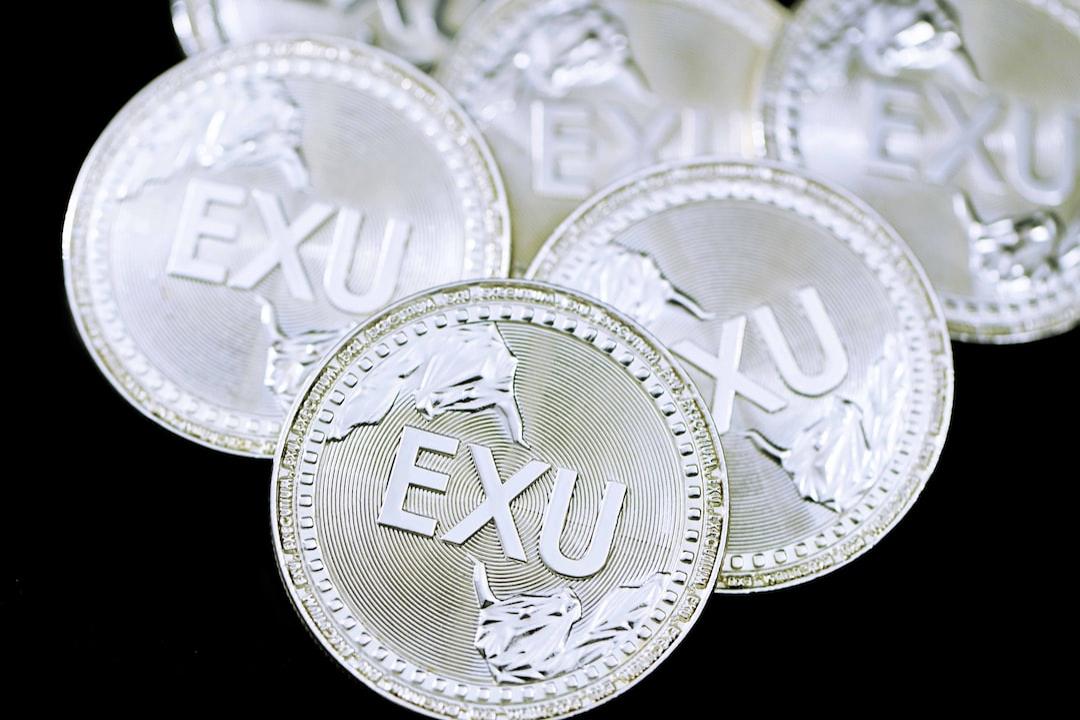With the upcoming fourth Bitcoin halving in April and the establishment of new market dynamics through ETFs, what can Bitcoin investors expect? To determine this, one must understand how Bitcoin ETFs increase trading volume and effectively stabilize Bitcoin price fluctuations. This article is sourced from Shane Neagle, compiled, translated, and written by BlockBeats.
Summary:
The current decline in Bitcoin is a “healthy correction” according to Kris Marszalek, CEO of Crypto.com, similar to the rising cycle of the bull market in 2021.
Background:
Coinbase’s two major risks for Bitcoin spot ETFs: insufficient holdings and basis trading increase market volatility.
Table of Contents:
Understanding Bitcoin ETFs and market dynamics
Stability mechanism
Analyzing fund inflows and market sentiment
Historical background and future impact
Conclusion
As of March 14th, according to Farside Investors data, Bitcoin spot ETFs have accumulated a net inflow of $11.8288 billion since their launch. Among them, IBIT has accumulated a net inflow of $12.0278 billion, FBTC has accumulated a net inflow of $6.7033 billion, and GBTC has accumulated a net outflow of $11.4026 billion.
In this bull market triggered by ETFs, the inflow of ETFs constantly affects the price trend of cryptocurrencies. Shane Neagle, the editor-in-chief of The Tokenist, pointed out that higher trading volume generates higher liquidity, which can smooth price fluctuations. In addition, from the perspectives of fund inflows and historical background, after 15 years of scrutiny and review, the credibility of Bitcoin has reached its peak and may become a hedge asset to replace gold.
BlockBeats translates the original text as follows:
The approval of eleven Bitcoin ETFs has added new legitimacy to this groundbreaking cryptocurrency. With official recognition from the SEC, the barriers to institutional investment have been eliminated.
With the disappearance of this barrier, financial advisors, mutual funds, pension funds, insurance companies, and retail investors can now easily access Bitcoin exposure without the need for direct custody. More importantly, the negative impressions of Bitcoin, such as being compared to “tulip mania,” “poison,” or a “money laundering indicator,” have been washed away.
After the unprecedented wave of bankruptcies in the cryptocurrency market in 2022, the price of Bitcoin returned to the level of $157,000 at the end of the year, equivalent to the level in November 2020. After the massive panic sales, Bitcoin gradually recovered in 2023 and reached a level of $45,000 at the beginning of 2024, which was first achieved in February 2021.
With the upcoming fourth Bitcoin halving in April and the establishment of new market dynamics through ETFs, what can Bitcoin investors expect? To determine this, one must understand how Bitcoin ETFs increase trading volume and effectively stabilize Bitcoin price fluctuations.
Bitcoin itself symbolizes the democratization of currency. Not constrained by central authorities such as the Federal Reserve System, Bitcoin ensures that its limited supply of 21 million tokens cannot be tampered with through its decentralized miner network and currency policy determined by algorithms.
For Bitcoin (BTC) investors, this means they have access to an asset that does not naturally depreciate, which is in stark contrast to all existing fiat currencies in the world. This forms the foundation of Bitcoin’s value proposition.
ETFs provide another democratized avenue. The purpose of ETFs is to track asset prices, represented by shares, and unlike actively managed mutual funds, they can be traded 24/7. The passive price tracking of ETFs ensures lower costs, making it an easily accessible investment tool.
Of course, custodians of Bitcoin, such as Coinbase, need to take sufficient cloud security measures to enhance investor confidence.
In the field of ETFs, Bitcoin ETFs have demonstrated a high demand for decentralized assets that resist centralization dilution. In the past 15 days, they have generated a total trading volume of $293 billion, while the sell-off from Grayscale Bitcoin Trust Fund (GBTC) reached $149 billion.

Image Source: James Seyffart, Bloomberg Intelligence
This is not surprising. With the hype of Bitcoin ETFs driving the price of Bitcoin, 88% of Bitcoin holders entered the profitable zone in December 2023, eventually reaching 90% in February. As a result, GBTC investors began to cash out, exerting a sell-off pressure worth $5.6 billion on the Bitcoin price.
In addition, GBTC investors took advantage of the lower fees of newly approved Bitcoin ETFs and transferred funds from GBTC’s relatively higher 1.5% fee. Ultimately, BlackRock’s iShares Bitcoin Trust (IBIT) became the winner in terms of trading volume with a fee of 0.12%, which will increase to 0.25% after the 12-month exemption period.
Placed in the broader context of the ETF market, IBIT and FBTC have surpassed iShares Climate Aware and Transition MSCI USA ETF (USCL), which was launched in June 2023, in terms of one-month trading.

Image Source: Eric Balchunas, Bloomberg Intelligence
Considering the history of Bitcoin, which has faced attacks from the sustainability perspective, this is particularly noteworthy. It is worth noting that due to environmental concerns, in May 2021, Elon Musk tweeted that Tesla would no longer accept Bitcoin as payment, causing a 12% drop in Bitcoin price.
According to Morningstar’s report, in January, IBIT and FBTC ranked 8th and 10th, respectively, in terms of net asset inflow, with iShares Core S&P 500 ETF (IVV) taking the top two spots. Approximately 10,000 Bitcoins flow into ETFs every day, indicating a significant demand for approximately 900 Bitcoins per day.
Looking ahead, with the reduced outflow pressure from GBTC and increasing inflow trends, the inflow of funds into Bitcoin ETFs has formed a stable trend for BTC prices.
Further reading:
Bitcoin vs. Taiwan’s popular ETF 00940, who performs better? Performance and risk at a glance.
With 90% of Bitcoin holders entering the profitable zone, the highest level since October 2021, selling pressure may come from various sources, including institutions, miners, and retail investors. The increasing inflow trend of Bitcoin ETFs serves as a defense fortress against this, especially with another speculative event, the upcoming fourth Bitcoin halving.
Higher trading volume generates higher liquidity, smoothing price fluctuations. This is because larger volumes of trades between buyers and sellers can absorb temporary imbalances. In January, CoinShares’ report showed that Bitcoin inflows reached $1.4 billion, compared to $7.2 billion for newly issued US funds, while outflows from GBTC were $5.6 billion.

Total Bitcoin inflows amount to $1.4 billion, accounting for 96% of total US inflows. Image Source: CoinShares
At the same time, large financial institutions are setting new liquidity benchmarks. As of February 6th, CanadaVanguard Group has allocated 1% of its All-in-One Conservative ETF fund to Bitcoin. Given its “conservative” name, this indicates that future non-conservative funds will have a higher allocation of Bitcoin.
Ultimately, if Bitcoin were to account for 1% of the $749.2 trillion in various asset classes, its market value could increase to $7.4 trillion, pushing the price of Bitcoin to $400,000.
The current market value of Bitcoin is within the range of $85 billion to $90 billion. Source: Blockware Solutions.
Considering that Bitcoin ETFs provide a consistent and transparent market price reference, bulk trading reduces the potential market impact from miners. FalconX research shows a significant increase in daily total volume, ranging from an average of 5% to 10% to 13%.
In other words, the market structure triggered by the new Bitcoin ETF is reducing overall market volatility. So far, Bitcoin miners have been a major price suppressor on the other side of the liquidity equation. In Bitfinex’s latest weekly chain report, miner wallets were responsible for the outflow of 10,200 Bitcoins.
This aligns with the previously mentioned influx of approximately 10,000 Bitcoins into Bitcoin ETFs, resulting in relatively stable price levels. Another stabilizing mechanism that may come into play is options as miners reinvest and upgrade mining equipment leading up to the fourth halving.
Although the US SEC has not approved options on Bitcoin ETFs for spot trading, this development will further enhance the liquidity of ETFs. After all, a wider range of investment strategies revolving around hedging will increase the bidirectional liquidity of trades.
As a forward-looking indicator, implied volatility in options trading can measure market sentiment. However, with the launch of BTC ETFs, we will inevitably see a more mature market and potentially more stable pricing of options and derivative contracts.
As of February 9, 2024, the Grayscale Bitcoin Trust ETF (GBTC) holds 468,786 BTC. Last week, BTC prices rose 8.6% to $46,200. This suggests that sell-offs of BTC may be diffused in multiple rebounds after the fourth halving.
According to the latest data provided by Farside Investors, as of February 8, 2024, Bitcoin ETFs have accumulated inflows of $403 million, totaling $2.1 billion, with GBTC outflows totaling $6.3 billion. Source: Farside Investors.
From January 11 to February 8, 2024, GBTC outflows gradually decreased. In the first week, their average outflow was $492 million. In the second week, the average outflow was $313 million, and in the third week, the average outflow was $115 million.
If calculated on a weekly basis, this means a 36% reduction in sell-offs from the first week to the second week and a 63% reduction from the second week to the third week.
As of February 9, 2024, with the unfolding of GBTC FUD, the cryptocurrency fear and greed index reached 72, rising to “greed” level. Looking back on January 12, 2024, the second day of approval for Bitcoin ETFs, the fear and greed index was 71.
Looking ahead, it is worth noting that the price of Bitcoin depends on global liquidity. After all, it was the interest rate hike cycle by the US Federal Reserve in March 2022 that led to the bankruptcy of many cryptocurrencies and the eventual collapse of FTX. The current federal funds futures project that this cycle will end in May or June of this year.
Furthermore, the US Federal Reserve is unlikely to change its course of printing money. In this case, the price of Bitcoin may follow suit.
M2 money supply measures how much available currency there is in an economy. Source: LookIntoBitcoin.com.
Considering that $34 trillion is a relatively large amount of national debt and federal spending continues to exceed income, Bitcoin positions itself as a hedge, a currency waiting for capital to flow into its limited supply of 21 million tokens.
Gold Bullion Securities (GBS) is a similar hedge asset to Bitcoin and was the first gold ETF listed on the Australian Securities Exchange (ASX) in March 2003. In 2004, SPDR Gold Shares (GLD) was listed on the New York Stock Exchange (NYSE).
Since November 18, 2004, within a week, the total net assets of GLD increased from $114.92 million to $1,456.60 million. By the end of December, this figure dropped to $1,327.96 million.
Although not adjusted for inflation, this may indicate that the market sentiment for Bitcoin is better than that of gold. Bitcoin is digital and is based on a globally distributed proof-of-work mining network, and its digitization makes it portable.
In 1933, President Roosevelt issued Executive Order 6102, requiring citizens to sell their gold bars. Unlike Bitcoin, new gold veins are often discovered, but the supply of Bitcoin is limited.
In addition to these fundamentals, Bitcoin ETF options have not been launched yet. Standard Chartered Bank analysts predict that the size of Bitcoin ETFs will reach $50 to $100 billion by the end of 2024. Furthermore, major companies have not followed MicroStrategy’s practice of converting stock sales into devaluing assets.
Even a 1% allocation of BTC in mutual funds could potentially cause a surge in BTC prices. For example, Advisors Preferred Trust allocates a range of 15% to indirect Bitcoin exposure through futures contracts and BTC ETFs. The Bitcoin allocation in mutual funds is bound to drive up the price of Bitcoin.
After 15 years of skepticism and defamation, Bitcoin has reached its peak credibility. The first wave of believers in sound money ensured that its blockchain would not disappear into the annals of coding history.
With confidence in Bitcoin, investors have formed two waves so far. The approval of Bitcoin ETFs may be a milestone for the third wave. Central banks around the world continue to erode people’s confidence in cryptocurrencies as governments cannot control themselves and are addicted to spending.
By introducing so much noise into value exchange, Bitcoin represents a return to the sound origins of money. Its appeal lies in its digitization, born out of physical proof-of-work. Unless the US government takes extreme action to disrupt institutional risk positions, Bitcoin may replace gold as the traditional hedge asset.

